Chinese Netizens’ Obsession With the ‘Rich Baby Girl’ Look
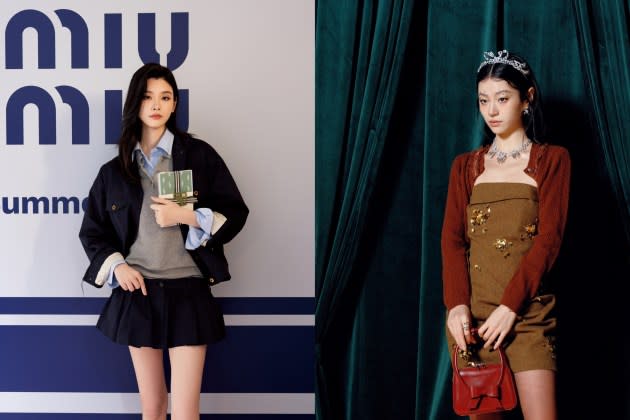
SHANGHAI – The Chinese internet has coined a term for Miu Miu fanatics in the local market — the “Rich Baby Girl,” which is short for “nouveau riche, female, hails from the Yangtze River Delta region,” a megalopolis that includes Shanghai.
Despite China’s recent crackdown on wealth-flaunting influencers, Chinese netizens have decided that wearing Miu Miu is a sign of true generational wealth, the thinking being that some of its mind-bending items, such as the crystal shorts and nerdy glasses — while innocent and cute on the surface — inadvertently liberate the well-behaved Chinese woman.
More from WWD
Moschino's Adrian Appiolaza on Creating Characters, Having Fun and Freedom of Expression
China Wave, a New Section at Pitti Uomo, Spotlights Eight Premium Contemporary Brands
Miu Miu’s social media performance, which scored more than 950 million clicks on Xiaohongshu, China’s popular social commerce platform, was well reflected in the financial results of parent Prada Group.
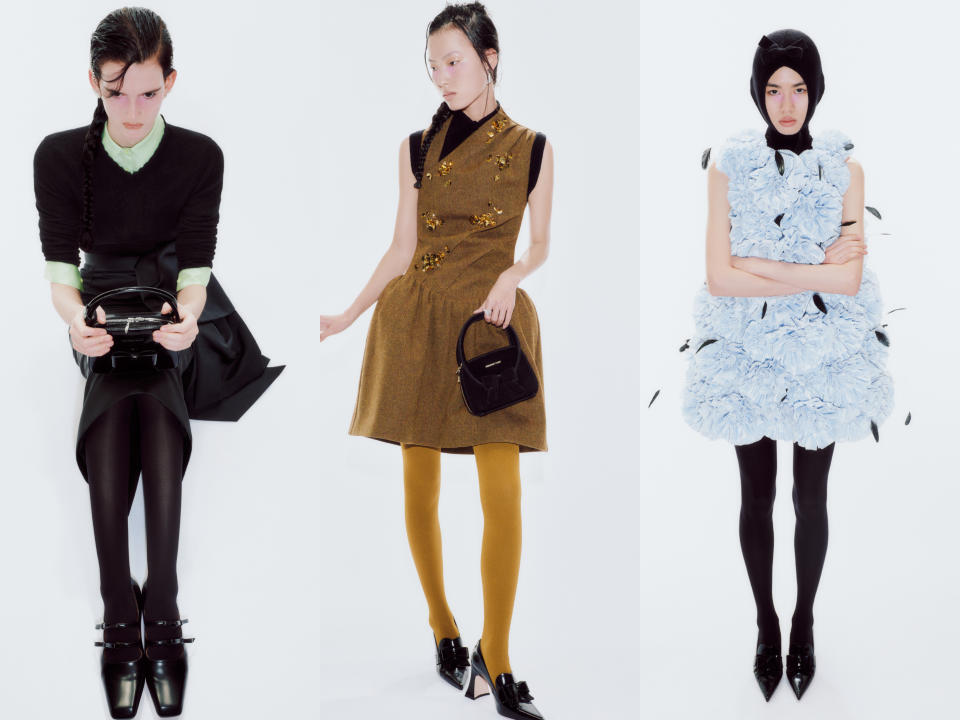
A viral moment was created online when Miss Tiantian, a Chinese influencer with more than 7 million followers on Xiaohongshu and Douyin combined, flaunted online her crystal-embellished Miu Miu underwear from the fall 2023 collection, which retailed for around 40,000 renminbi, or $5,514. “The sales associate said I could wear this to work, but I’m an influencer, not a Crazy Horse dancer,” she said.
According to parent Prada Group’s financial results, Miu Miu retail sales soared 58 percent to 649 million euros in 2023, supported by all categories and regions, ending the year with a remarkable 82 percent jump in the fourth quarter.
The Miu Miu style, retro yet youthful, has quickly trickled down and been reinterpreted via local labels. Driving the current trend cycle, the style has become a key pillar in the local womenswear market.
For the past few years, local players such as Shushu/Tong and Märchen have quickly captured market share by adopting similar styles that were also memorable social media moments, such as the viral micro miniskirt (spring 2022) and the ladylike all-sheer outfits (fall 2023), but censoring ones that are more revealing. By adding elements favored by the local market, including lace, bow ties and softer hues, these local evangelists of the new Miu Miu were able to further cash in on the trend.
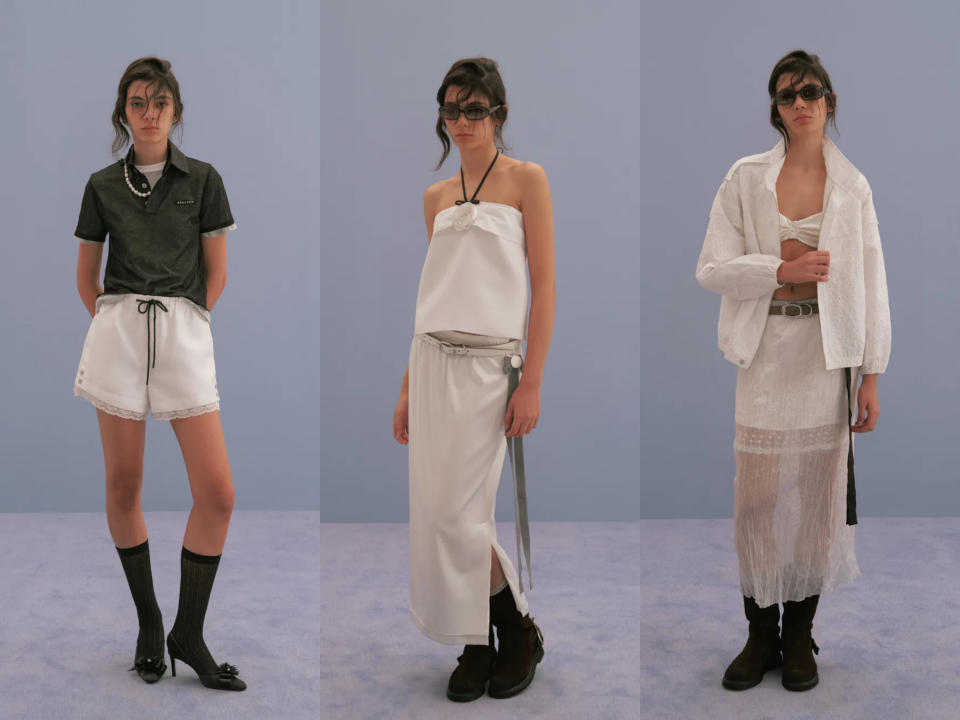
“Femininity is still expressed very differently in China versus the West,” said Jillian Xin, head buyer at Labelhood. “Being sexy is less about overt displays, which can be seen as aggressive.”
At Labelhood, which counts six retail locations in Shanghai, brands that fit into this bracket, including Shushu/Tong, Märchen, and WMWM, have been growing at an astounding 305 percent year-over-year for the spring collections, according to the multibrand retailer.
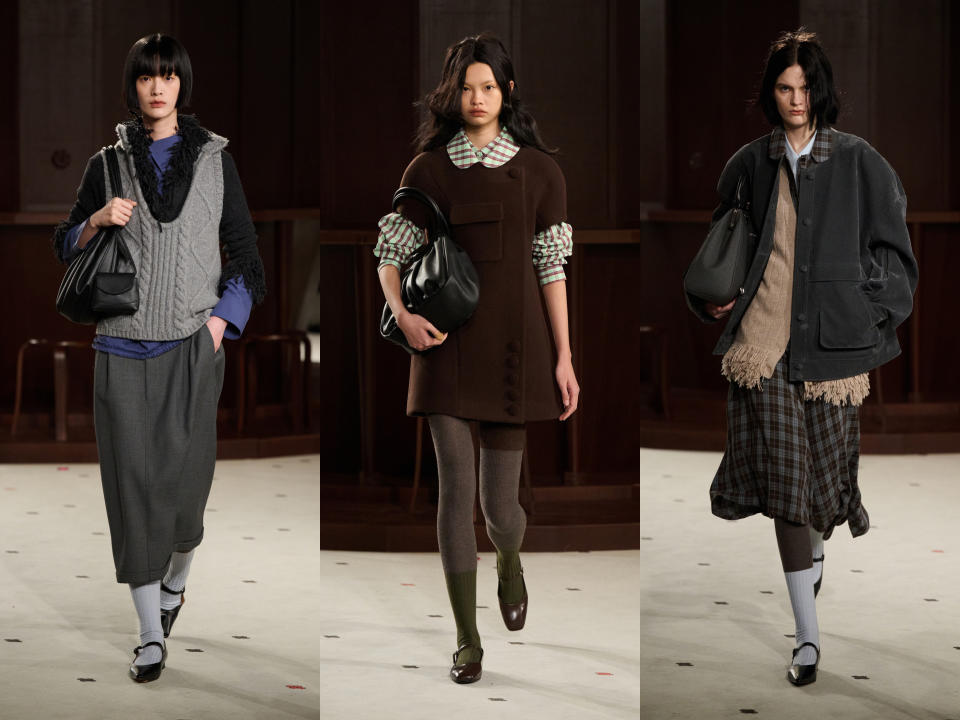
For Shushu/Tong, which operates two stand-alone stores in Shanghai and Hangzhou, the trend has specifically helped boost the “mini-gown category” for the brand.
“These are opulent looks that make girls look smaller,” said Liushu Lei, one-half of Shushu/Tong, the label he founded with Yutong Jiang in 2015 in Shanghai. The brand is currently stocked at the likes of Dover Street Market and Ssense, where its legions of fans are clamoring for one of its $500 baby-doll dresses.
“We do get requests for more elongated looks, which are usually tailor-made for special-occasion dressing, such as birthdays and annual company parties,” he added.
According to Xin, the retro style is quickly evolving in China.
“In the last few seasons, it’s become less saccharine and more layered and nuanced. The message being given by the wearer is there’s more to me than meets the eye…’Oh I’m sweet, but I read too’,” added Xin, pointing to an oversized cardigan by WMWM that exemplifies the “librarian chic” look.
But Baby Rich Girl’s aesthetic core remains unchanged, which is all about being desirable but retaining an innocent approachability.
“On the surface, it’s a very sweet persona, but there’s definitely a subversiveness and tension to it all,” she added.
The last iteration of the trend before now harks back to the ’90s, which was epitomized by Fairyfair, a Chinese fashion brand founded in 1991. Its aesthetic, a mix of Comme des Garçons and the Lolita subculture, was made popular by Hong Kong and Taiwanese soap operas, according to Brain La, founder of creative agency Archivism.
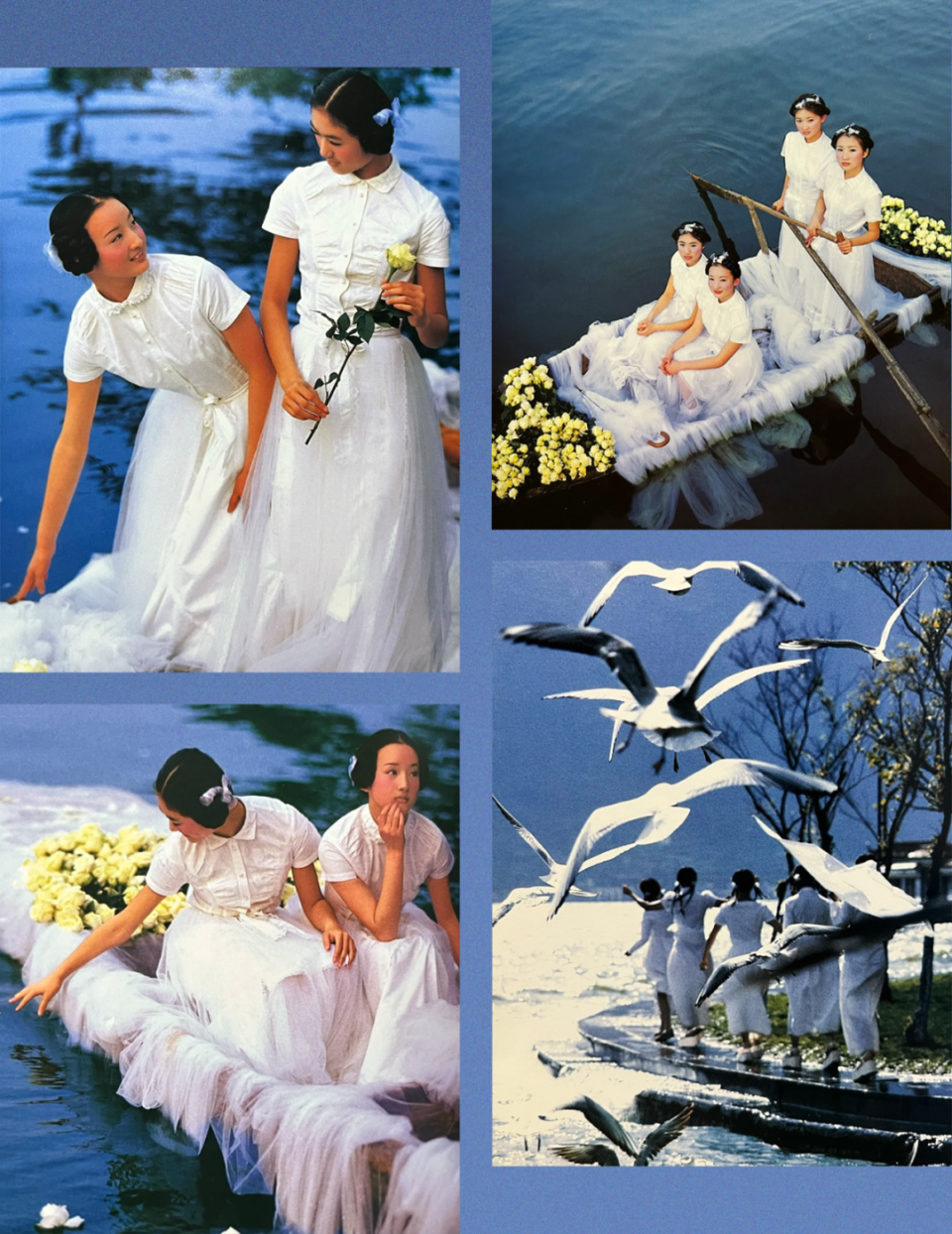
La said the 1990s version of the style didn’t go as far as Miu Miu with tapping into the minds of Chinese women.
“She is in a constant state of becoming, of being caught in the middle of a patriotic society but wanting to break free,” said La of today’s consumer. The current iteration of the Miu Miu look, better known as “librarian chic,” or “nerdy girl,” is “a mild awakening of the female self, not too elite, which can be intimidating,” said La.
For Jerry Zou, a Chinese buyer who specializes in dealing in vintage Prada and Miu Miu, the style has found a second life in China because it unites a certain cohort of sophisticated and young Chinese shoppers.
“Apart from girls that came from well-off families, a majority of the shoppers are economically independent women; some have already achieved financial freedom,” said Zou. “Because of how wearable some of the looks are, some fashionable men have also become key customers.”
One such super-fan is Mark Gong, a Shanghai-based designer of his eponymous fashion label.
“Since Lotta [Volkova] became the stylist, the runway has become a brilliant brainwash session every six months; it’s a highly orchestrated style that is comfortable but very fashion-forward,” said Gong.
“It’s all over [Chinese] social media — girls going to VIP re-sees and picking out total looks like going on casual grocery runs — they buy everything, and it’s even much more persuasive than the runway shows,” the 26-year-old Gong added.
Best of WWD


